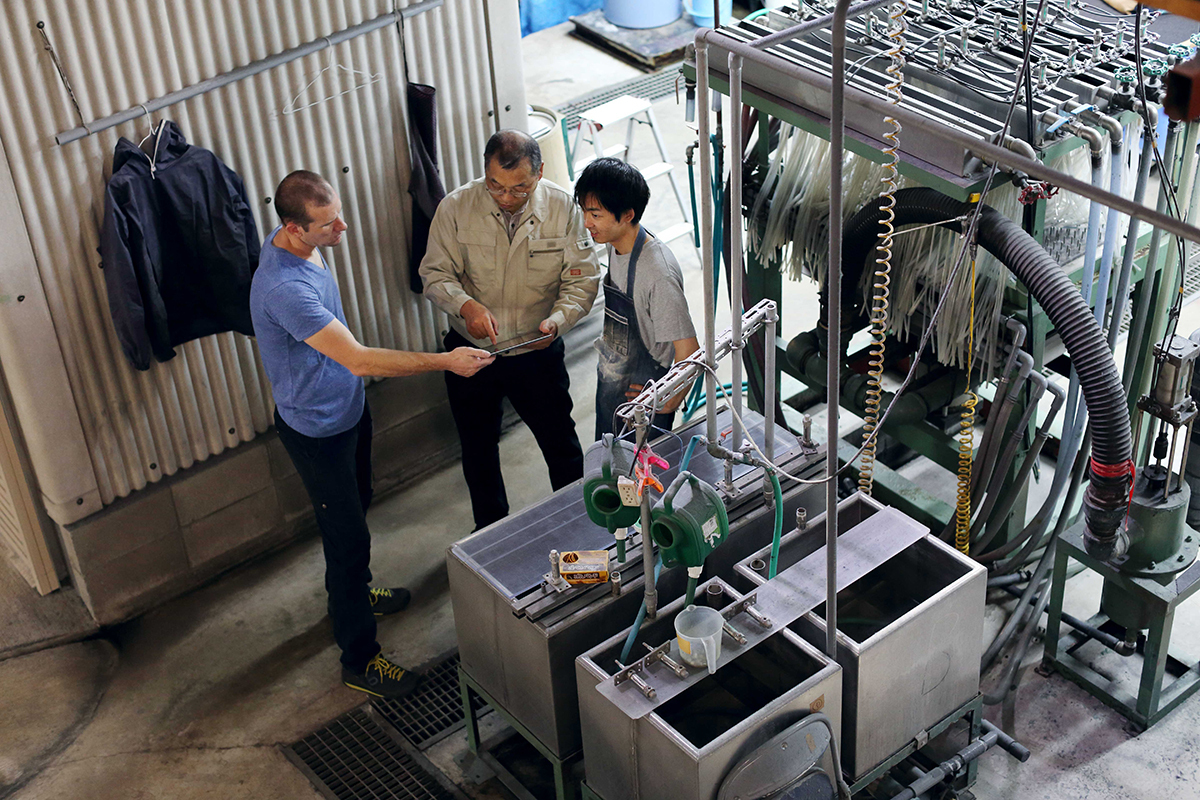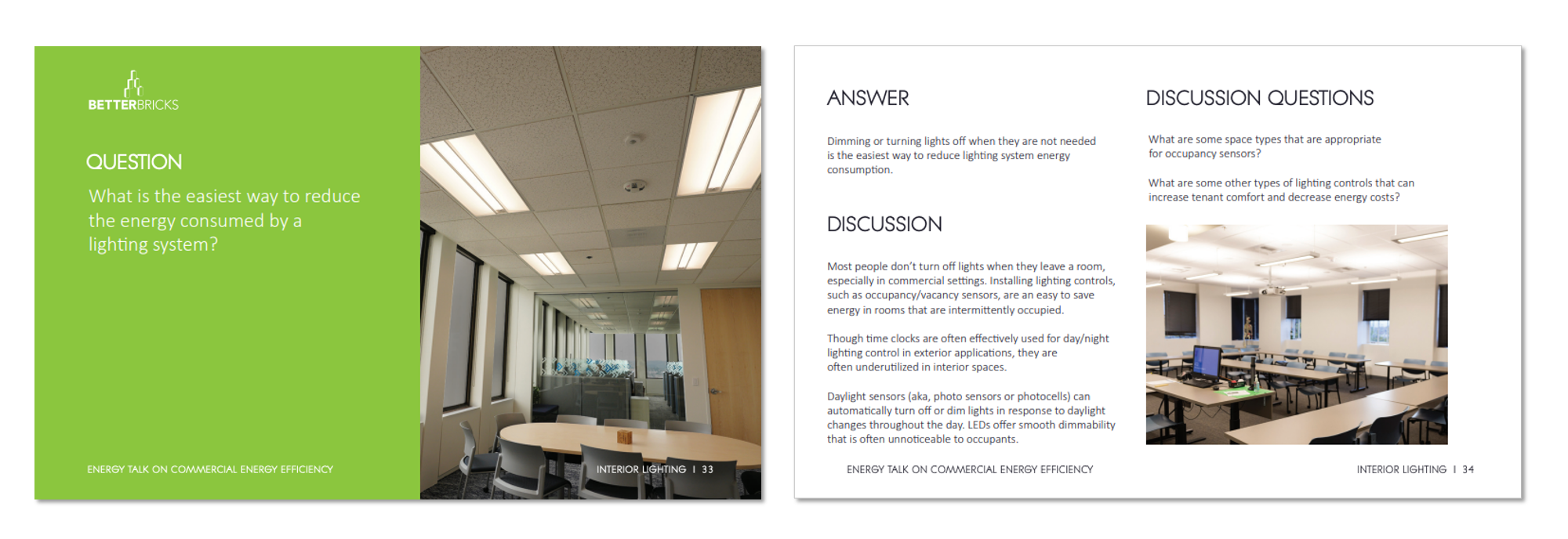Ask The Expert: Why Smart Energy Efficiency Strategies Leverage Data

Data is incredibly important to energy efficient buildings. While HVAC systems, lighting controls, windows and a long list of other components form the “how” of energy efficiency, data unlocks insights that show building managers what tools are needed and how much those tools are driving results in an energy efficiency program. That’s why those responsible for building performance should be familiar with data use strategies.

BetterBricks’ Ask The Expert series focuses on sharing experience and knowledge from our many partners and experts in the Northwest to identify solutions and ways to improve energy efficiency. One such expert is Matthew Combe, Executive Director of the Seattle 2030, who has these insights on how data can affect energy efficiency management.
Two easy ways to make data a cornerstone of your energy efficiency plan are benchmarking and energy audits. Benchmarking sets standards that you can measure against. Without it, you really have no sense of how you’re performing compared to other buildings in the city or other buildings of a similar size in the region.
While several different benchmarking methods exist — calculating energy use per square foot or energy use per year, for example — at a minimum, your benchmarking method should establish a baseline for how much energy your building uses.
REVIEW AND REFINE
Once you have set standards for your building, it’s time to look inside and see how the building is actually performing using energy audits. Like its name suggests, an energy audit accounts for how a building uses energy. It examines large systems like lighting controls and HVAC systems. And, it can also look at practices like leaving lights on, powering off equipment after hours and taking the stairs instead of elevators.
NIGHT AUDITS & BENCHMARKING
Night audits are a convenient way to consistently benchmark and use data to improve efficiency. During a night audit, engineers examine how a building is performing after everyone has left. It’s an opportunity to look at set points (when building systems like HVAC are set to turn on or off), check how systems are performing, or catch simple things like lights left on or windows left open.
After the audit, engineers take steps to address the systems or practices that are reducing efficiency. Auditing on a regular basis and making adjustments after each audit should lead to improvements in energy efficiency.
Tools like benchmarking and night audits helped Seattle’s Terry Thompson Building achieve LEED Gold status, becoming 56% better than the national average in energy usage.
INCENTIVES
Utilities play a big role in any energy management strategy and the key is to check with utilities early and include them in your planning. Utilities often have incentives that can make adopting energy efficient solutions more cost effective, which helps building owners reduce expenses both at the onset of a new system and throughout the lifespan of building equipment.
To find out what incentives are available in your region, head to our utility program page and enter your zip code.
Watch our full interview with Matthew Combe on our YouTube channel.




